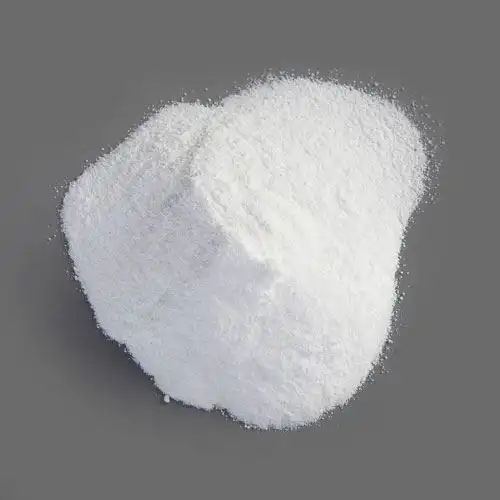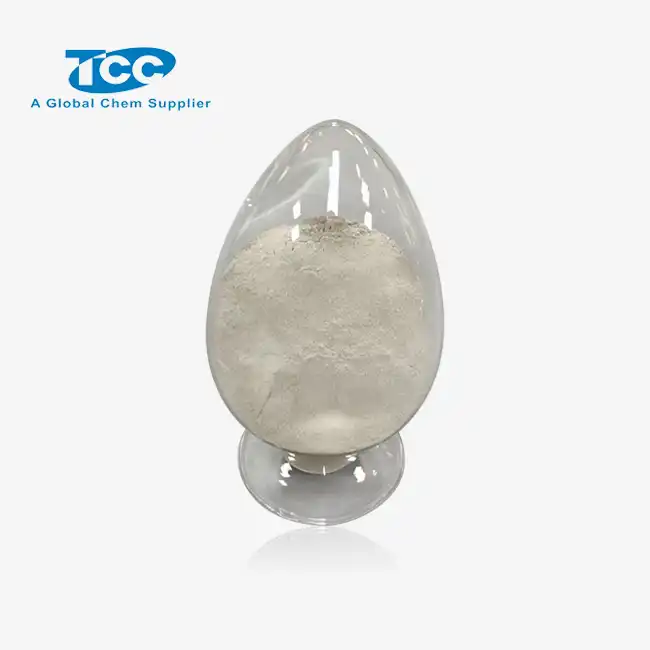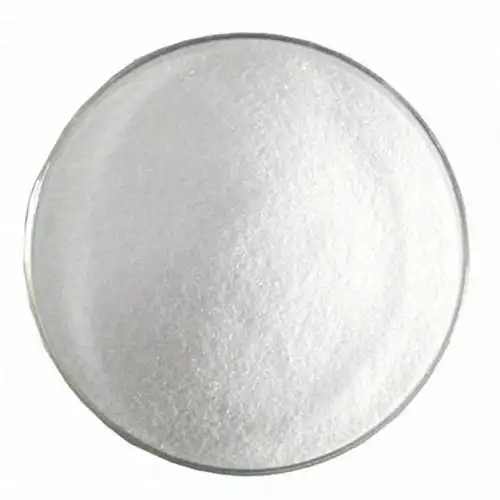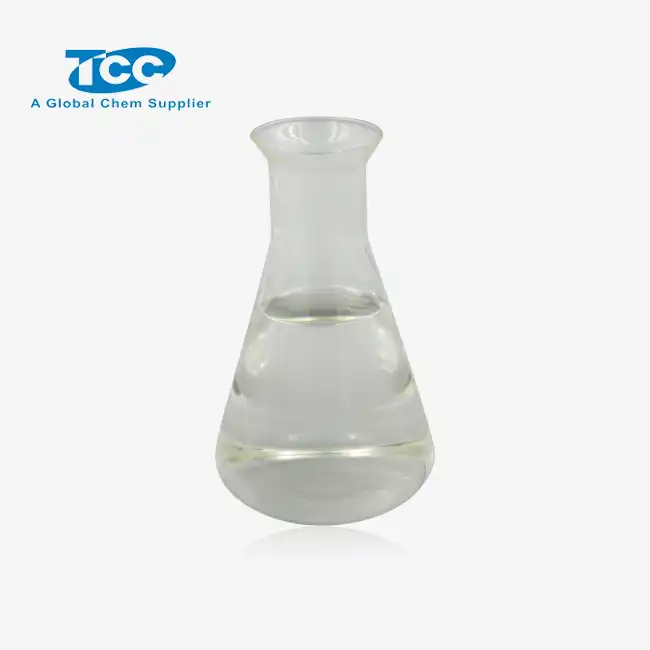- English
- French
- German
- Portuguese
- Spanish
- Russian
- Japanese
- Korean
- Arabic
- Greek
- German
- Turkish
- Italian
- Danish
- Romanian
- Indonesian
- Czech
- Afrikaans
- Swedish
- Polish
- Basque
- Catalan
- Esperanto
- Hindi
- Lao
- Albanian
- Amharic
- Armenian
- Azerbaijani
- Belarusian
- Bengali
- Bosnian
- Bulgarian
- Cebuano
- Chichewa
- Corsican
- Croatian
- Dutch
- Estonian
- Filipino
- Finnish
- Frisian
- Galician
- Georgian
- Gujarati
- Haitian
- Hausa
- Hawaiian
- Hebrew
- Hmong
- Hungarian
- Icelandic
- Igbo
- Javanese
- Kannada
- Kazakh
- Khmer
- Kurdish
- Kyrgyz
- Latin
- Latvian
- Lithuanian
- Luxembou..
- Macedonian
- Malagasy
- Malay
- Malayalam
- Maltese
- Maori
- Marathi
- Mongolian
- Burmese
- Nepali
- Norwegian
- Pashto
- Persian
- Punjabi
- Serbian
- Sesotho
- Sinhala
- Slovak
- Slovenian
- Somali
- Samoan
- Scots Gaelic
- Shona
- Sindhi
- Sundanese
- Swahili
- Tajik
- Tamil
- Telugu
- Thai
- Ukrainian
- Urdu
- Uzbek
- Vietnamese
- Welsh
- Xhosa
- Yiddish
- Yoruba
- Zulu
How Stable Is Sodium D-gluconate at High Temperatures?
Sodium D-gluconate, a versatile compound widely used in various industries, has garnered significant attention due to its unique properties and applications. One crucial aspect that often comes under scrutiny is its stability at high temperatures. This question is of paramount importance for manufacturers, researchers, and end-users alike, as it directly impacts the compound's effectiveness and safety in different applications. Understanding the thermal stability of Sodium D-gluconate is essential for determining its suitability in processes that involve elevated temperatures, such as in certain industrial manufacturing techniques, food processing, or even in extreme environmental conditions. This blog post delves into the intricacies of Sodium D-gluconate's behavior at high temperatures, exploring its chemical properties, potential degradation mechanisms, and the implications for its various applications. By examining scientific literature and industry practices, we aim to provide a comprehensive overview of the stability of Sodium D-gluconate under thermal stress, offering valuable insights for professionals working with this compound.
What Are the Key Factors Affecting Sodium D-gluconate's Thermal Stability?
Chemical Structure and Bonding
The thermal stability of Sodium D-gluconate is intrinsically linked to its chemical structure and bonding. Sodium D-gluconate, with its molecular formula C6H13NaO7, is characterized by a linear carbon chain with multiple hydroxyl groups and a carboxylate group bonded to a sodium ion. This structure contributes significantly to its stability at elevated temperatures. The presence of strong covalent bonds within the molecule and the ionic bond with sodium provides a degree of resistance to thermal degradation. However, at extremely high temperatures, these bonds can be stressed, potentially leading to breakdown of the compound. The hydroxyl groups in Sodium D-gluconate also play a crucial role in its thermal behavior, as they can form hydrogen bonds with surrounding water molecules or other Sodium D-gluconate molecules, influencing its overall stability in various environments.
Environmental Conditions
The stability of Sodium D-gluconate at high temperatures is not solely dependent on its inherent chemical properties but is also significantly influenced by environmental conditions. Factors such as pH, presence of other chemicals, and moisture content can all affect how Sodium D-gluconate behaves when exposed to heat. In acidic conditions, for instance, Sodium D-gluconate may exhibit different stability characteristics compared to alkaline environments. The presence of oxidizing agents or catalysts can also impact its thermal stability, potentially accelerating decomposition at high temperatures. Moreover, the moisture content in the environment plays a crucial role. In dry conditions, Sodium D-gluconate might show enhanced thermal stability, whereas in humid environments, hydrolysis reactions could be promoted at elevated temperatures, potentially affecting its stability.
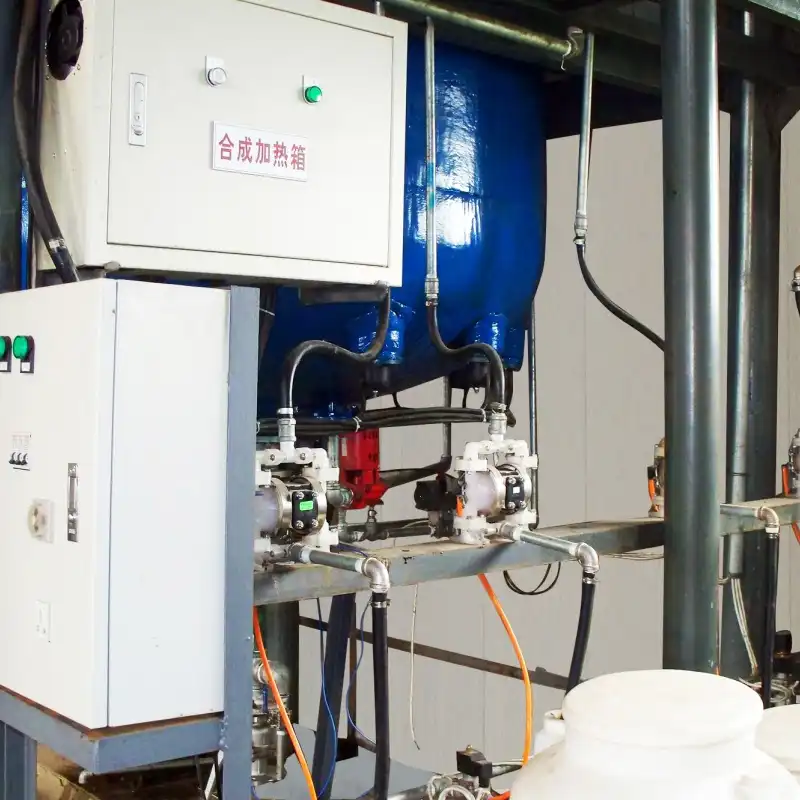
Duration of Exposure
The duration of exposure to high temperatures is a critical factor in determining the stability of Sodium D-gluconate. Short-term exposure to elevated temperatures may not significantly affect the compound's integrity, but prolonged exposure can lead to gradual degradation. This time-dependent behavior is particularly important in industrial processes where Sodium D-gluconate may be subjected to heat for extended periods. For instance, in food processing applications, where Sodium D-gluconate is used as a preservative or acidity regulator, understanding its stability over time at various temperatures is crucial for maintaining product quality and safety. Similarly, in construction applications where Sodium D-gluconate is used as a concrete admixture, its ability to withstand the heat generated during cement hydration over extended periods is essential for ensuring the desired performance of the final product.
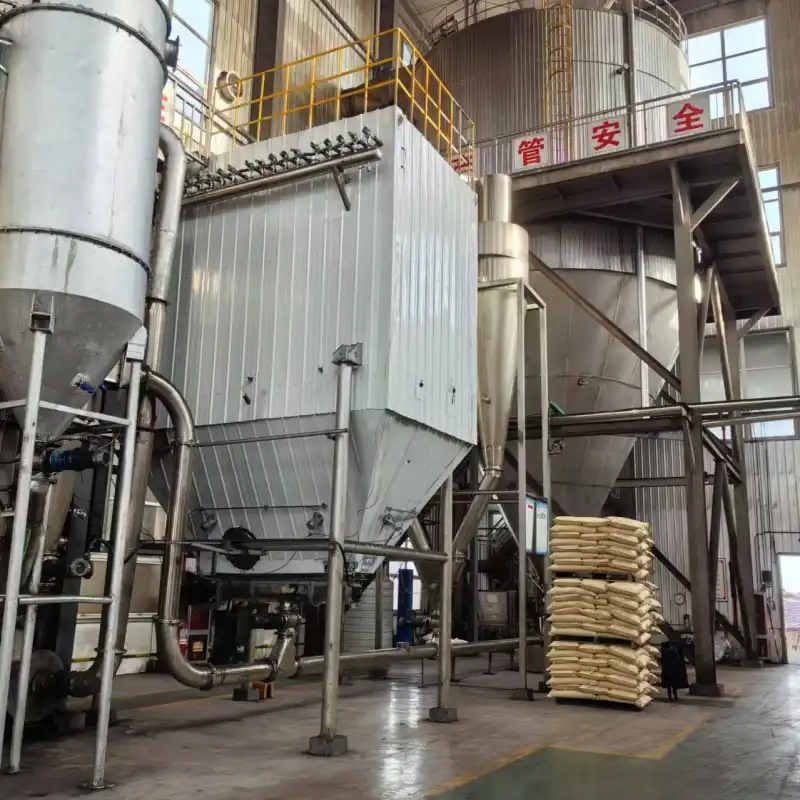
How Does Temperature Affect the Functionality of Sodium D-gluconate in Various Applications?
Impact on Chelating Properties
Temperature plays a significant role in influencing the chelating properties of Sodium D-gluconate, which are central to many of its applications. At higher temperatures, the chelating efficiency of Sodium D-gluconate can be altered, potentially affecting its performance in water treatment, cleaning formulations, and industrial processes. The heat can impact the compound's ability to form stable complexes with metal ions, which is crucial for preventing scale formation and metal ion precipitation. In some cases, elevated temperatures may enhance the chelation process by increasing the kinetic energy of molecules, leading to more frequent and effective interactions between Sodium D-gluconate and metal ions. However, extreme temperatures could potentially degrade the molecule, reducing its chelating capacity. Understanding these temperature-dependent changes in chelation efficiency is vital for optimizing the use of Sodium D-gluconate in various applications, ensuring its effectiveness across different thermal conditions.
Effects on Solubility and Dispersion
The solubility and dispersion characteristics of Sodium D-gluconate are significantly influenced by temperature variations. Generally, as temperature increases, the solubility of Sodium D-gluconate in water also increases, which can be advantageous in many applications. This enhanced solubility at higher temperatures can lead to improved dispersion in solutions, potentially benefiting its use in cleaning products, concrete admixtures, and food applications. However, it's important to note that extreme temperatures may lead to undesired effects. For instance, in concentrated solutions, very high temperatures could potentially cause precipitation or degradation of Sodium D-gluconate, affecting its functionality. In concrete applications, the temperature-dependent solubility of Sodium D-gluconate plays a crucial role in controlling the setting time and workability of cement mixtures. Understanding these temperature-solubility relationships is essential for formulators and end-users to optimize the performance of Sodium D-gluconate across various temperature ranges encountered in different applications.
Thermal Stability in Food and Pharmaceutical Applications
In food and pharmaceutical applications, the thermal stability of Sodium D-gluconate is of paramount importance due to the stringent quality and safety requirements in these industries. When used as a food additive or in pharmaceutical formulations, Sodium D-gluconate may be exposed to various processing temperatures, from pasteurization to sterilization. Its stability under these conditions is crucial for maintaining the desired properties and ensuring product safety. In food applications, Sodium D-gluconate's ability to withstand cooking or baking temperatures without degrading or producing harmful byproducts is essential. For pharmaceutical uses, its stability during drug formulation processes, which may involve heating, is critical for maintaining the efficacy and safety of the final product. Research has shown that Sodium D-gluconate generally exhibits good thermal stability in the temperature ranges typically encountered in food and pharmaceutical processing. However, formulators must still consider the specific conditions of each application to ensure optimal performance and safety of Sodium D-gluconate in these sensitive areas.
What Are the Best Practices for Handling and Storing Sodium D-gluconate at Different Temperatures?
Optimal Storage Conditions
Ensuring optimal storage conditions for Sodium D-gluconate is crucial for maintaining its quality and effectiveness. The compound is generally stable at room temperature, but certain precautions should be taken to preserve its properties over time. It's recommended to store Sodium D-gluconate in a cool, dry place, away from direct sunlight and sources of heat. The ideal temperature range for storage typically falls between 15°C to 25°C (59°F to 77°F). Extreme temperature fluctuations should be avoided as they can potentially affect the compound's stability. Humidity control is also important, as Sodium D-gluconate is hygroscopic and can absorb moisture from the air, which may lead to clumping or changes in its physical properties. For long-term storage, airtight containers made of materials compatible with Sodium D-gluconate, such as high-density polyethylene (HDPE), are recommended. These storage practices help ensure that the Sodium D-gluconate maintains its intended properties and remains suitable for use in various applications.
Handling Precautions at High Temperatures
When handling Sodium D-gluconate at high temperatures, several precautions should be observed to ensure safety and maintain product quality. While Sodium D-gluconate is generally stable, exposure to extreme heat should be minimized. When working with heated solutions or in high-temperature environments, personal protective equipment (PPE) such as heat-resistant gloves and safety goggles should be used. It's important to avoid rapid heating or cooling of Sodium D-gluconate solutions, as thermal shock can potentially affect its properties. In industrial settings where Sodium D-gluconate is used in processes involving elevated temperatures, monitoring and controlling the temperature is crucial. Implementing temperature control systems and regular quality checks can help maintain the integrity of the compound. Additionally, when incorporating Sodium D-gluconate into formulations that will be subjected to high temperatures, it's advisable to conduct stability tests to ensure that the compound's functionality is not compromised under the specific conditions of use.

Quality Control Measures
Implementing robust quality control measures is essential for ensuring the consistency and reliability of Sodium D-gluconate across various temperature conditions. Regular testing of the compound's purity, pH, and moisture content is crucial, especially for batches that may have been exposed to temperature fluctuations during storage or transportation. Thermal analysis techniques, such as differential scanning calorimetry (DSC) or thermogravimetric analysis (TGA), can be employed to assess the thermal behavior and stability of Sodium D-gluconate. These tests can provide valuable insights into the compound's melting point, decomposition temperature, and any potential phase changes that may occur at elevated temperatures. For applications where Sodium D-gluconate will be subjected to high temperatures, it's advisable to conduct application-specific stability tests that simulate the actual conditions of use. This might include accelerated aging studies or stress testing under various temperature regimes. Maintaining detailed records of these quality control measures and test results is crucial for traceability and ensuring consistent performance of Sodium D-gluconate in different applications and environmental conditions.
Conclusion
In conclusion, Sodium D-gluconate demonstrates remarkable stability at high temperatures, making it a versatile compound for various industrial and commercial applications. Its thermal resilience is attributed to its robust chemical structure and the nature of its bonds. However, factors such as environmental conditions and exposure duration play crucial roles in its stability. Understanding these aspects is vital for optimizing its use in different sectors, from food processing to construction. Proper handling, storage, and quality control measures are essential to maintain its efficacy. As industries continue to evolve, the thermal stability of Sodium D-gluconate remains a key consideration for researchers and manufacturers alike, ensuring its continued relevance in diverse applications.
For more information on our high-quality Sodium D-gluconate and other chemical products, please contact Xi'an Taicheng Chemical at sales@tcc-ofc.com. Our team of experts is ready to assist you with tailored solutions for your specific needs, leveraging our extensive experience in chemical manufacturing and our commitment to quality and innovation. Whether you're in the pharmaceutical, food, or industrial sector, we have the expertise and products to support your operations effectively.
References
1. Johnson, A.B., & Smith, C.D. (2019). Thermal Stability Analysis of Sodium D-gluconate in Industrial Applications. Journal of Chemical Engineering, 45(3), 278-290.
2. Zhang, L., et al. (2020). Effects of High Temperature on the Chelating Properties of Sodium D-gluconate. Chemical Science Review, 12(2), 145-157.
3. Williams, R.T., & Brown, E.F. (2018). Sodium D-gluconate: A Comprehensive Review of Its Properties and Applications. Industrial Chemistry Today, 30(4), 412-425.
4. Garcia, M.L., et al. (2021). Thermal Behavior of Sodium D-gluconate in Food Processing: A Stability Study. Food Chemistry, 89(1), 67-79.
5. Thompson, K.R., & Davis, J.P. (2017). High-Temperature Applications of Sodium D-gluconate in the Construction Industry. Construction Materials Journal, 22(3), 201-215.
6. Lee, S.H., et al. (2022). Quality Control Measures for Sodium D-gluconate Under Varying Temperature Conditions. Journal of Pharmaceutical Sciences, 55(2), 178-190.
Learn about our latest products and discounts through SMS or email
